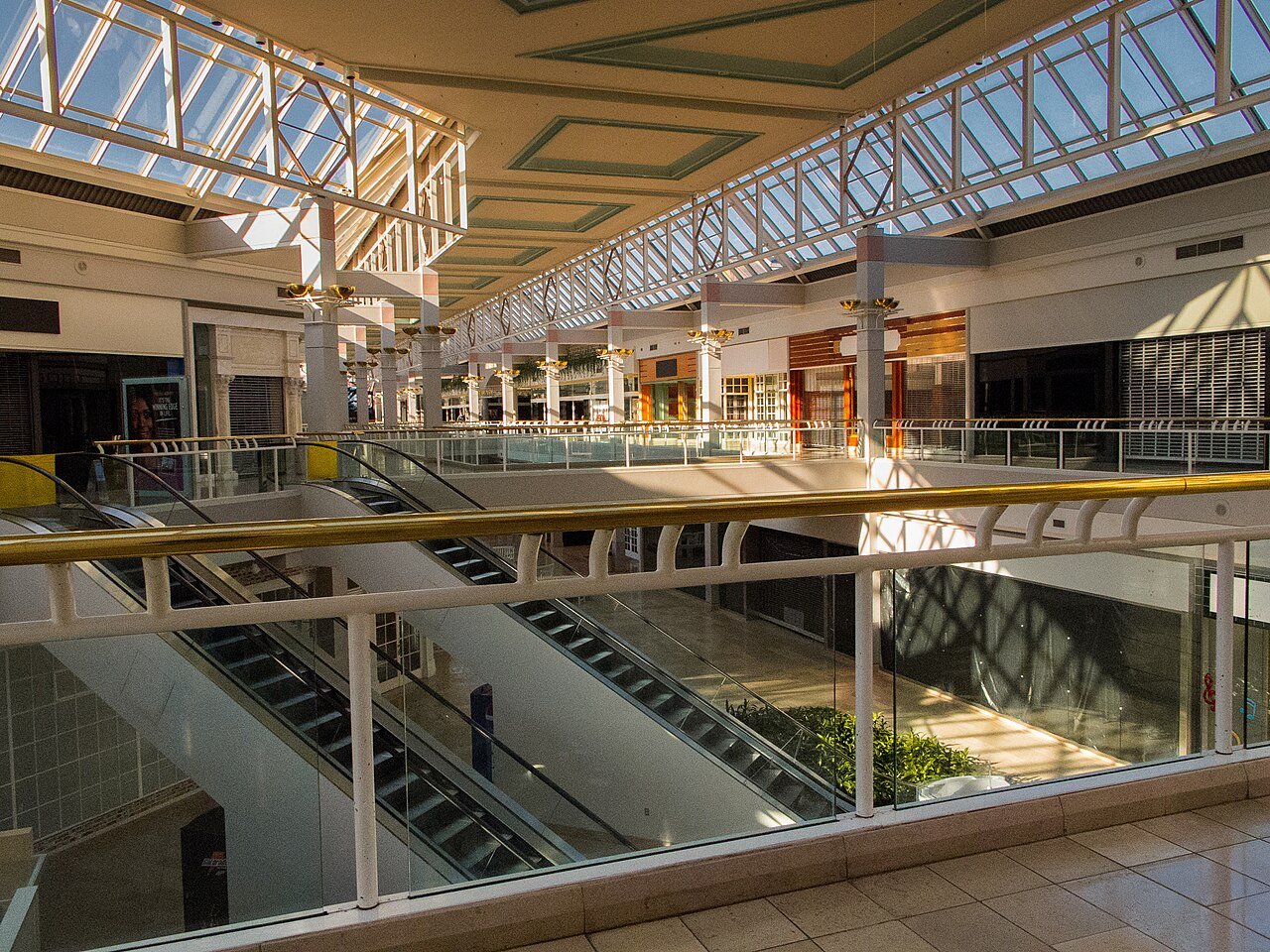
Why Abandoned Malls Are Becoming Commercial Innovation Hubs
For decades, malls were the epicenter of retail and social activity in cities and suburbs alike. They served as gathering places, shopping destinations, and entertainment hubs, drawing millions of people through their doors every year. However, in recent years, the once-thriving shopping malls have seen a drastic decline, leading to a rise in abandoned retail spaces. But rather than letting these vast structures decay, developers and entrepreneurs are finding new and innovative ways to repurpose them. Today, abandoned malls are being transformed into commercial innovation hubs, co-working spaces, distribution centers, and even residential complexes, breathing new life into these vacant properties.
The Rise and Fall of Traditional Malls
During the mid-to-late 20th century, shopping malls symbolized economic prosperity. Families flocked to these retail meccas for everything from clothes to entertainment. However, as online shopping grew in popularity, foot traffic declined, leading to store closures and the slow demise of many malls. The 2008 financial crisis further exacerbated the issue, and today, hundreds of malls sit abandoned or underutilized.
The Opportunity in Empty Spaces
Despite their decline, these vast spaces present a unique opportunity. Abandoned malls already have essential infrastructure such as parking, water, electricity, and central locations within communities. Forward-thinking businesses and urban developers see potential in repurposing these spaces into innovative commercial hubs.
New Life for Old Malls: Emerging Trends
- Tech Innovation Centers – With the rise of automation and artificial intelligence, companies are repurposing old malls into tech campuses and startup incubators. For instance, Google has converted portions of abandoned malls into offices and testing grounds for new technologies.
- Mixed-Use Developments – Instead of focusing solely on retail, developers are blending residential, commercial, and recreational spaces. Abandoned malls are being transformed into mini-cities with apartments, coworking spaces, restaurants, and entertainment venues all under one roof.
- Fulfillment Centers for E-Commerce – Ironically, the very thing that contributed to malls’ decline—e-commerce—is now helping to repurpose them. Retail giants like Amazon and Walmart are converting vacant mall spaces into fulfillment centers to speed up deliveries and reduce logistical costs.
- Educational and Community Spaces – Universities, vocational training centers, and community hubs are also taking advantage of mall structures. With large open areas, these buildings provide ample room for classrooms, research facilities, and cultural centers.
- Indoor Recreational Facilities – Some malls are being reinvented as entertainment destinations featuring gyms, rock climbing walls, trampoline parks, and even esports arenas. This shift caters to a generation that values experiences over material goods.
Why Are There So Many Abandoned Malls?
The rise of abandoned malls is the result of several converging economic and social trends, including changes in consumer behavior, the rise of e-commerce, and economic shifts that have made traditional malls less viable.
1. The Rise of E-Commerce
One of the biggest contributors to the decline of malls has been the rapid growth of online shopping. With platforms like Amazon, eBay, and other e-commerce giants offering the convenience of home delivery and competitive pricing, foot traffic in brick-and-mortar retail stores has plummeted. Consumers now prefer the ease of shopping from their homes rather than traveling to a mall, leading to the closure of many anchor stores, which were once the lifeblood of these shopping centers.
2. The Decline of Department Stores
Historically, malls relied heavily on anchor stores like Sears, JCPenney, and Macy’s to draw in customers. However, as these department stores faced declining sales, store closures became inevitable. With the absence of anchor tenants, smaller retailers within the mall also struggled, leading to a domino effect of closures that left many malls virtually empty.
3. Changing Consumer Preferences
Modern consumers, especially millennials and Gen Z shoppers, prefer unique and immersive retail experiences rather than traditional mall settings. They seek out boutique shops, artisanal markets, pop-up stores, and online shopping options, further reducing the appeal of conventional malls.
4. Over-Saturation of Malls
Between the 1970s and early 2000s, there was an explosion in mall development, particularly in the United States. Many cities ended up with an oversupply of malls, leading to increased competition. When economic downturns hit or major retailers went out of business, many of these malls were left without sufficient customer demand to stay afloat.
5. Economic Downturns and Shifting Demographics
Economic factors such as recessions, shifts in population density, and suburban flight have also played a role in the abandonment of malls. As cities evolve and urban centers become more attractive for businesses and residents, suburban shopping malls have struggled to maintain their relevance.
How Are Abandoned Malls Being Repurposed?
Rather than letting these massive properties go to waste, developers and local governments are finding creative ways to repurpose them. From commercial innovation hubs to mixed-use developments, these abandoned malls are being transformed into thriving spaces with a variety of new functions.
1. Co-Working and Office Spaces
As remote work and hybrid work models gain popularity, companies and entrepreneurs are looking for flexible and affordable office spaces. Malls, with their large open floor plans and ample parking, provide an ideal environment for co-working spaces and innovation hubs. These spaces allow startups, freelancers, and established businesses to operate in a collaborative environment, fostering creativity and productivity.
2. Logistics and Fulfillment Centers
With the rise of e-commerce, retailers need large spaces for warehousing, packaging, and distribution. Many online retailers and logistics companies are converting abandoned malls into fulfillment centers. This repurposing benefits both businesses and local economies by creating new jobs and making use of previously vacant structures.
3. Residential and Mixed-Use Developments
Some developers are turning abandoned malls into residential communities. By repurposing the structures into apartments, condominiums, and mixed-use developments with restaurants and entertainment spaces, these former shopping centers are becoming vibrant new neighborhoods.
4. Educational and Healthcare Facilities
Universities, technical colleges, and healthcare providers are also repurposing abandoned malls for campuses, training centers, and medical clinics. These facilities benefit from the expansive space, existing infrastructure, and easy accessibility of mall locations.
5. Entertainment and Community Spaces
In some areas, malls are being transformed into indoor amusement parks, esports arenas, and event spaces. These innovative projects help breathe life back into the community by providing unique experiences that attract people to the location.
The Future of Abandoned Malls
The transformation of abandoned malls into commercial innovation hubs represents a significant shift in urban development and economic revitalization. Instead of allowing these massive properties to deteriorate, communities are finding ways to repurpose them for modern needs. By embracing flexible workspaces, logistics hubs, residential spaces, and entertainment centers, developers are ensuring that these once-iconic retail spaces continue to serve a purpose in the evolving economic landscape.
As consumer behaviors and business needs continue to change, the repurposing of abandoned malls could set a precedent for how commercial spaces adapt to the 21st century. With innovation and strategic planning, these structures can become thriving hubs of economic activity, benefiting businesses, communities, and local economies alike.





